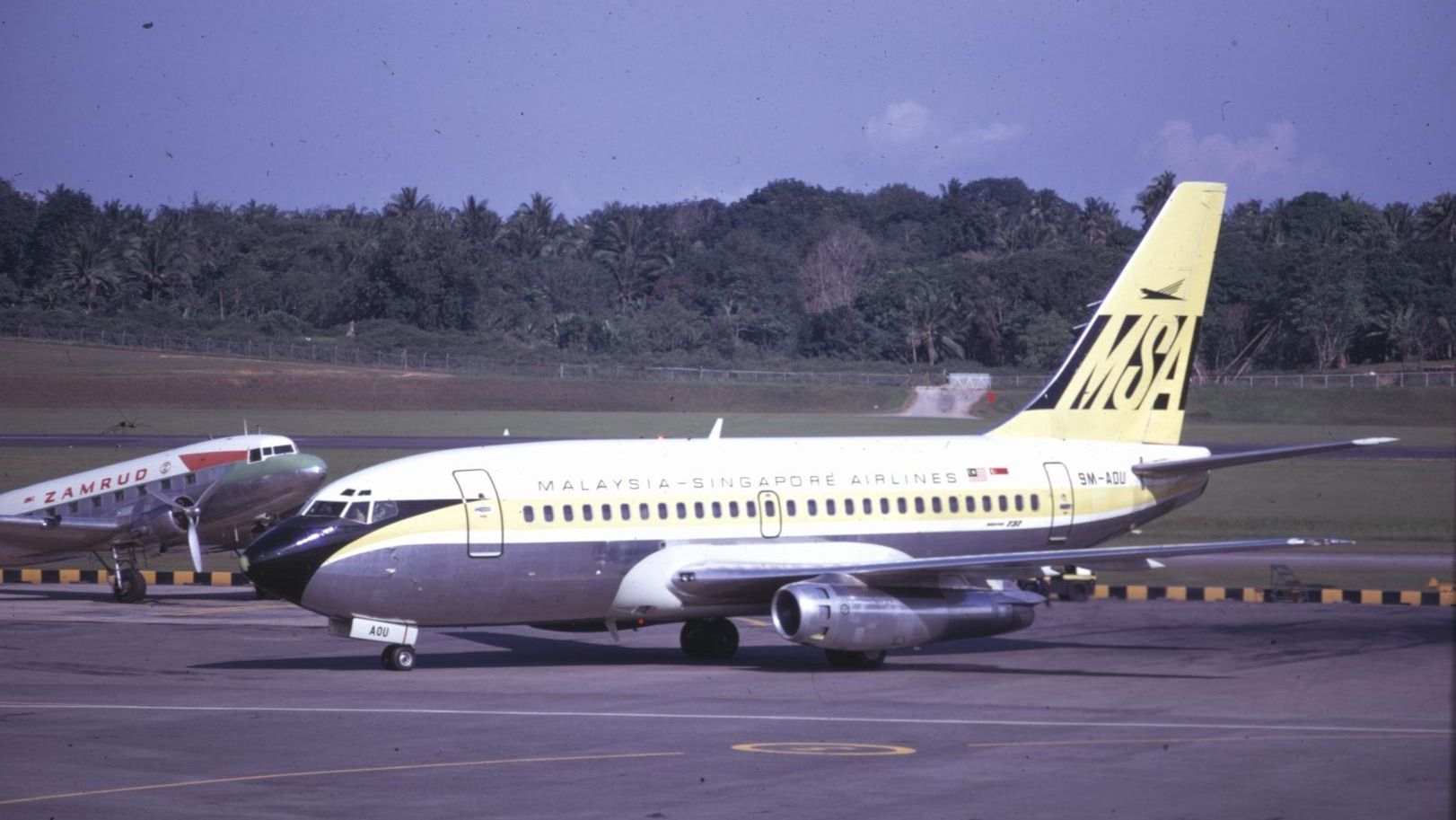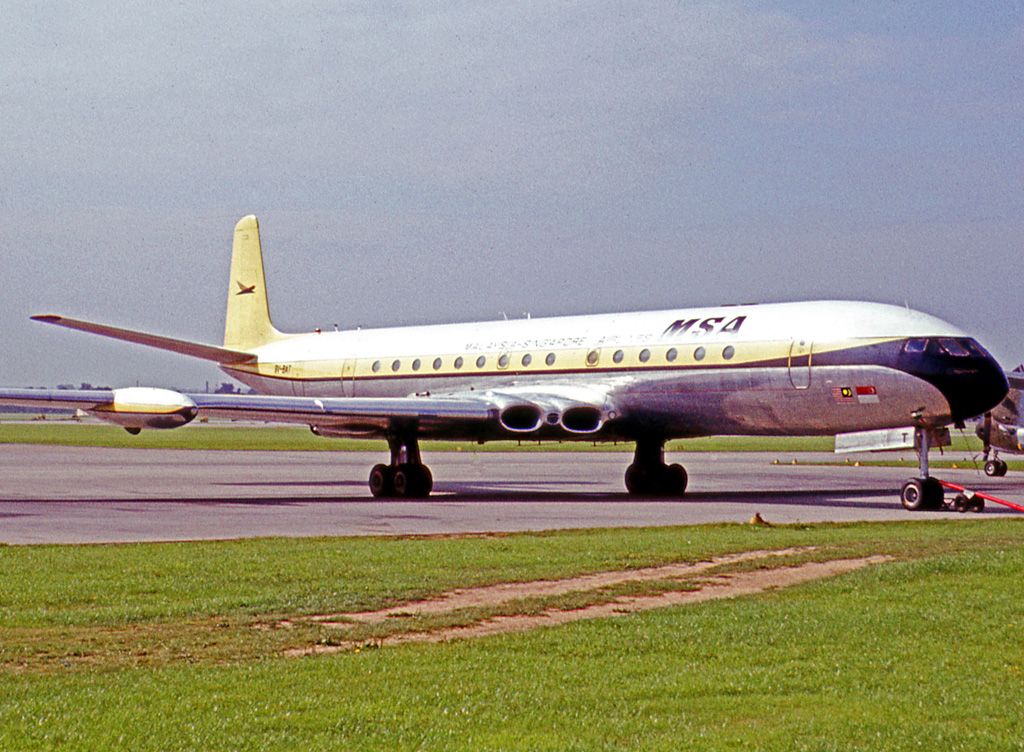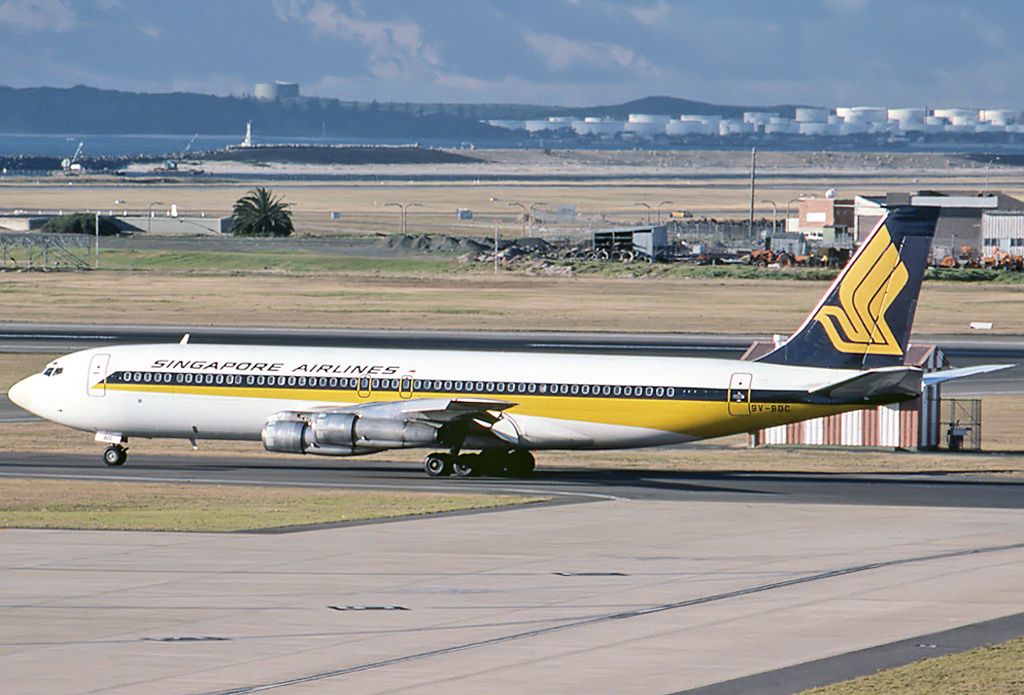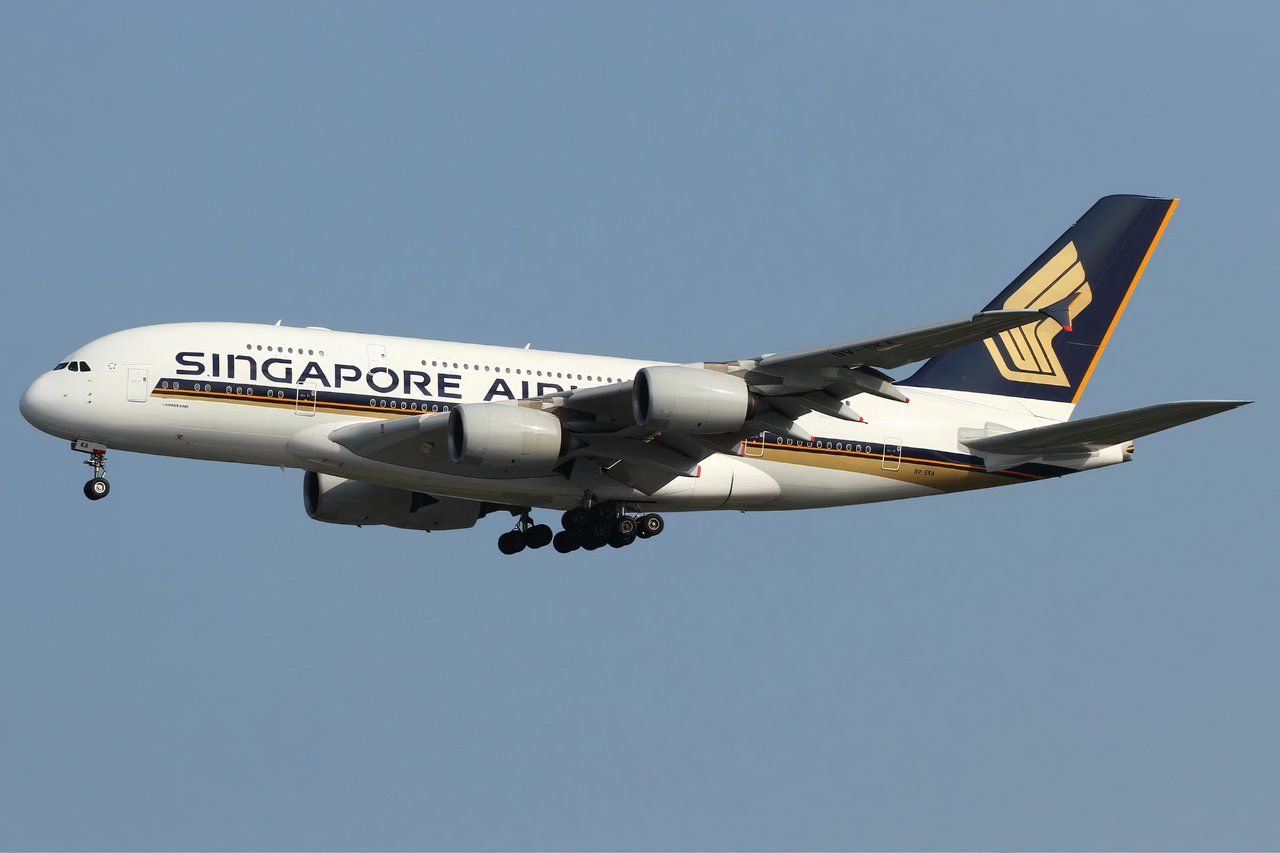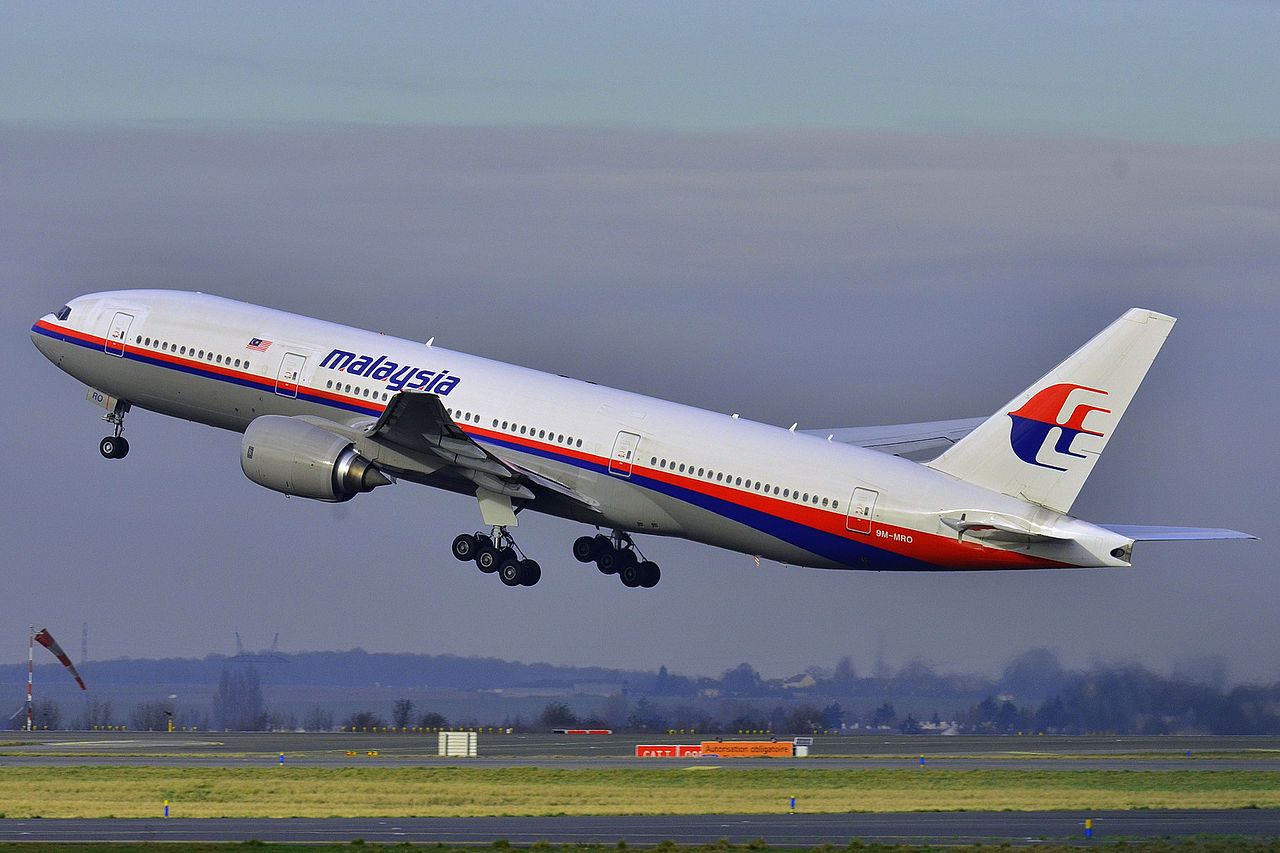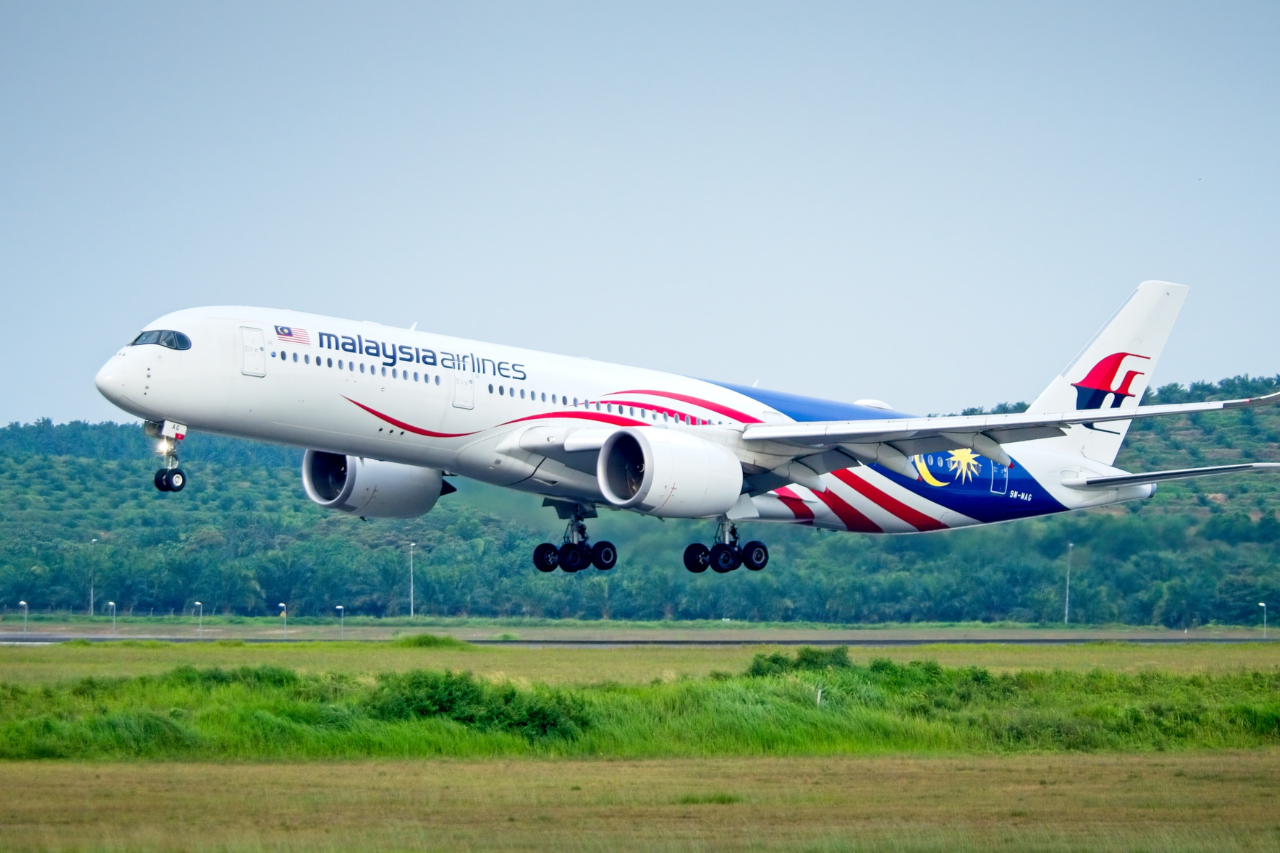Both Singapore Airlines and Malaysia Airlines can trace their roots back to the now long-forgotten Malayan Airways. With its headquarters located at Raffles Place in Singapore, Malayan Airways was founded on October 12, 1937.
Initially, the airline only flew between Singapore and Penang. Ten years later, in 1947, it added the Malaysian cities of Kuala Lumpur and Ipoh to its route network. By the spring of 1948, Malayan Airways was flying twin-engine Airspeed Consul aircraft from Singapore to a number of destinations across Southeast Asia, including:
- Ho Chi Minh City
- Jakarta
- Madan
- Palembang
- Bangkok.
Malayan Airways quickly grew after WWII
Boosted by the demand for air travel after the Second World War, the airline quickly grew, and by 1960 had a fleet made up of:
- Douglas DC-3s
- Lockheed L-1049 Super Constellations
- Vickers Viscounts.
On April 1, 1965, Malayan Airways merged with Borneo Airways Limited to form Malaysia–Singapore Airlines. Because of deep-rooted political and economic differences between the State of Singapore and the Malaysian government, Singapore split from Malaysia on August 9, 1965, and became an independent sovereign nation.
As the airline, now called “Malaysia–Singapore Airlines (MSA),” had owners in both Malaysia and Singapore, it was not long before both governments decided to create two separate airlines.
Malaysian Airline System Berhad & Singapore Airlines
The Malaysian government wanted to develop a domestic network, while the Singapore government wanted more international routes. In 1972, MSA was split up, and its assets were divided into what would be Malaysian Airline System Berhad (now Malaysia Airlines) and Singapore Airlines.
At the time, most of MSAs international routes were flown out of Singapore, and with Singapore Airlines wanting to grow internationally, it got all of MSAs Boeing 707s and several Boeing 737s. Committed to expanding its domestic network, Malaysian Airline System took all the Fokker F27 Friendships and Britten-Norman BN-2 Islanders.
Contrasting fates
Since the separation, both airlines have forged different paths, with Singapore Airlines rightly earning the reputation of being one of the best airlines in the world. Renowned for its excellent service and delicious food, Singapore Airlines is also helped by its central hub at Changi Airport (SIN), which often wins many awards for being the world’s best airport.
Photo: JEERAPAN JANKAEW | Shutterstock
Singapore Airlines today operates the two longest scheduled commercial flights in the world:
- Singapore (SIN) – New York (JFK)
- Singapore (SIN) – Newark (EWR).
Both routes are operated by the carrier’s Airbus A350-900ULR aircraft, which have been specially configured to accommodate 67 business class passengers and 94 in premium economy. The aircraft do not have an economy class cabin.
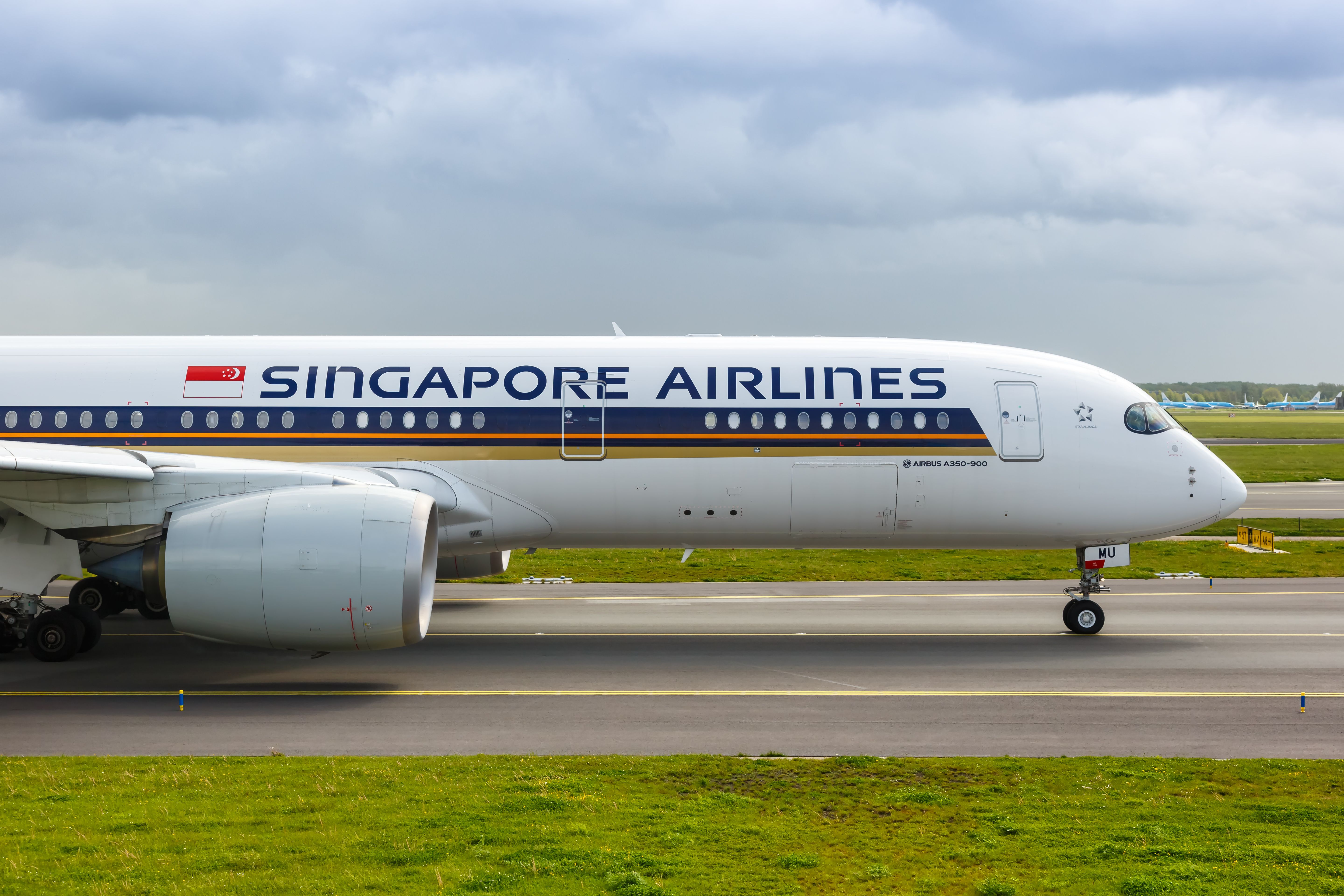
You might also like:
Why Does The World’s Longest Flight Not Have Economy Class?
Singapore Airlines’ flights to Newark and New York JFK are the longest in the world, but the carrier does not offer economy class on the routes.
Following its merger with Silk Air in 2021, Singapore Airlines has also diversified its fleet to include narrowbody aircraft, such as the Boeing 737-800 and 737 MAX 8. When it comes to growing its widebody fleet, the carrier will be one of the largest operators of the Boeing 777X, with the aircraft due to enter service in 2025. Singapore Airlines was also the launch customer for the 787-10.
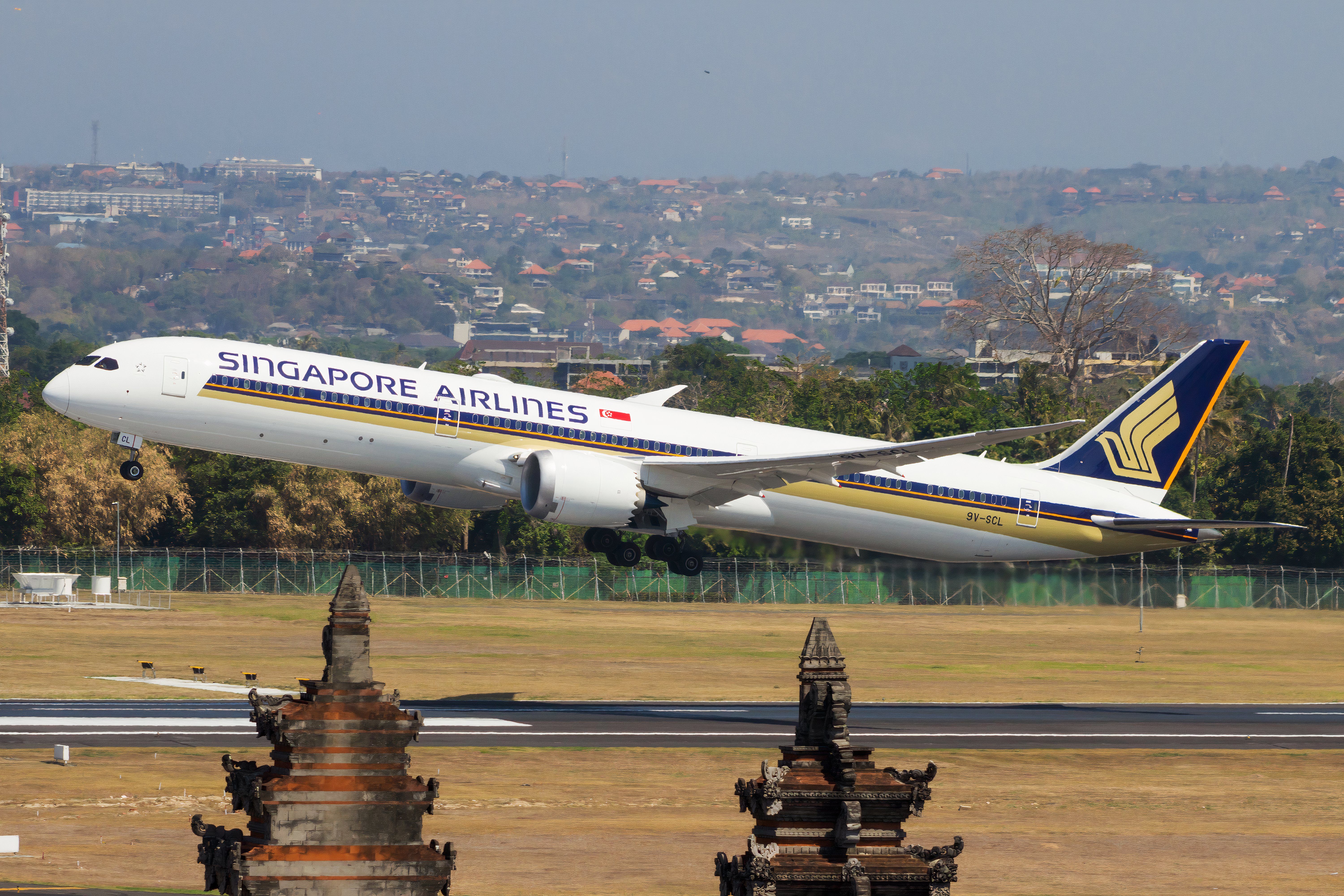
You might also like:
Now 25 Aircraft: Where Singapore Airlines Flies Its Boeing 787-10 Dreamliners
Appropriately, its 25th aircraft arrived in Singapore on September 25.
In contrast to Singapore Airlines’ success, Malaysian Airlines lost money even before the 1997 Asian Financial Crisis. To help remedy the situation, the airline stopped flying any and all unprofitable routes. Following the September 11, 2001, terrorist attacks in the US, Malaysia Airlines suffered further but managed to continue on.
Following the American-led invasion of Iraq in the spring of 2003, a rise in the price of jet fuel, and a bloated workforce, Malaysia Airlines was forced to restructure and downsize. In 2005, it suffered a similar fate following Hurricane Katarina, knocking out oil production in the Gulf of Mexico.
Fortunately, by 2013 Malaysia Airlines was again profitable and a member of the oneworld Alliance. However, things took a turn for the worse on March 8, 2014, when Malaysia Airlines Flight 370 disappeared without a trace while on a routine scheduled flight between Kuala Lumpur and Beijing. As if that wasn’t bad enough, four months later, on July 17, 2014, Malaysia Airlines Flight 17 was shot down by a Russian missile while flying over eastern Ukraine.
Since then, Malaysia Airlines has been renationalized and has downsized its international operation considerably, but seems to be in a much stronger position financially. This restructuring involved the sale of its Airbus A380s and the acquisition of the A350, which is much better suited to the airline’s operation. The carrier also retired its Boeing 777-200ERs.
Photo: alphonsusjimos | Shutterstock
The COVID-19 pandemic took its toll, but by November 2023, Malaysia Airlines was back in profit, reaping the rewards of its earlier restructuring and benefitting from the sudden rebound in air travel following the pandemic. The carrier is also due to make a significant addition to its long-haul route network in March 2025, when it plans to resume flights to Paris Charles de Gaulle (CDG).
The latest data from ch-aviation shows that Malaysia Airlines’ fleet is currently made up of the following aircraft, with the first A330-900s due to arrive by the end of 2024:
- 6 x Airbus A330-200
- 15 x Airbus A330-300
- 7 x Airbus A350-900
- 4 x Boeing 737 MAX 8
- 42 x Boeing 737-800.
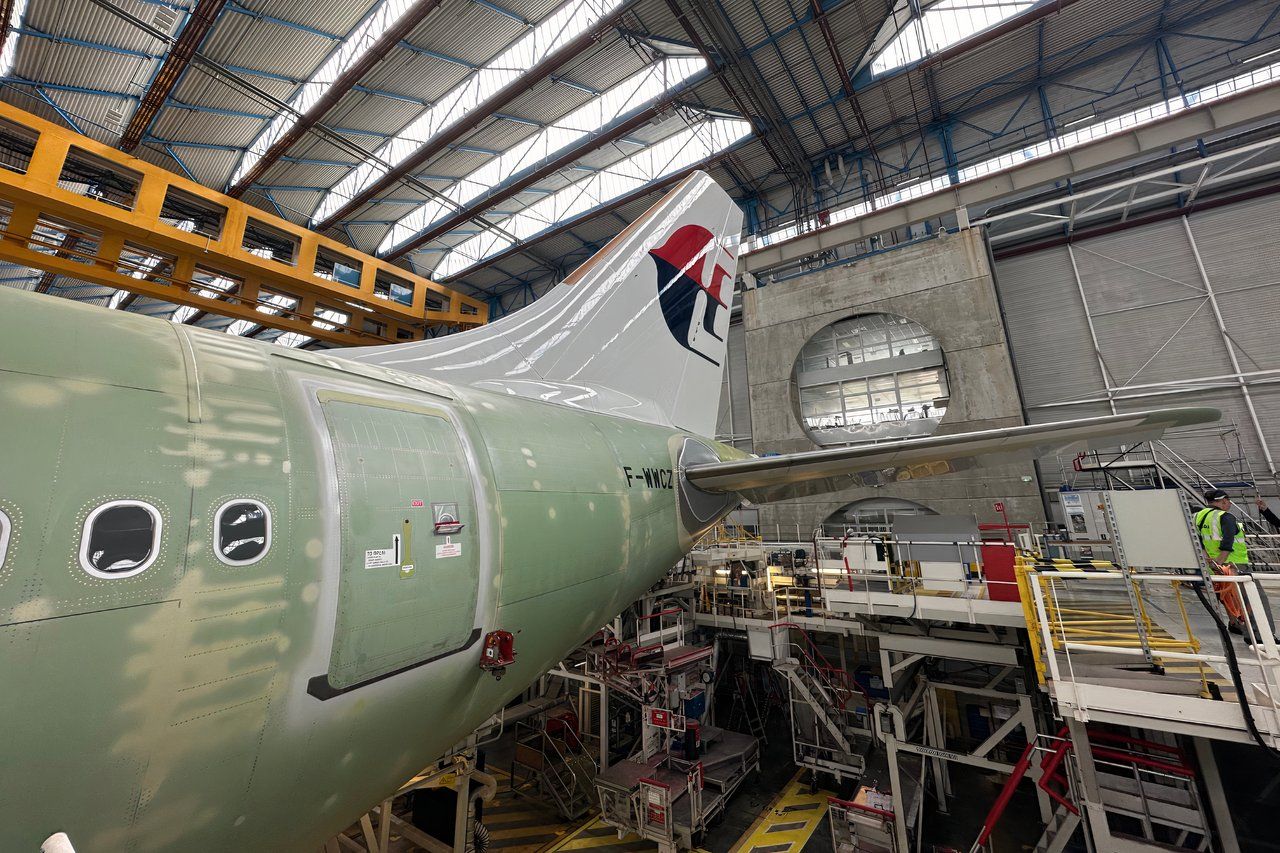
You might also like:
Behind-The-Scenes: Malaysia Airlines’ 1st Airbus A330neo In Final Assembly
Simple Flying visited Airbus’ Final Assembly Line to see the progress on the A330neo.

